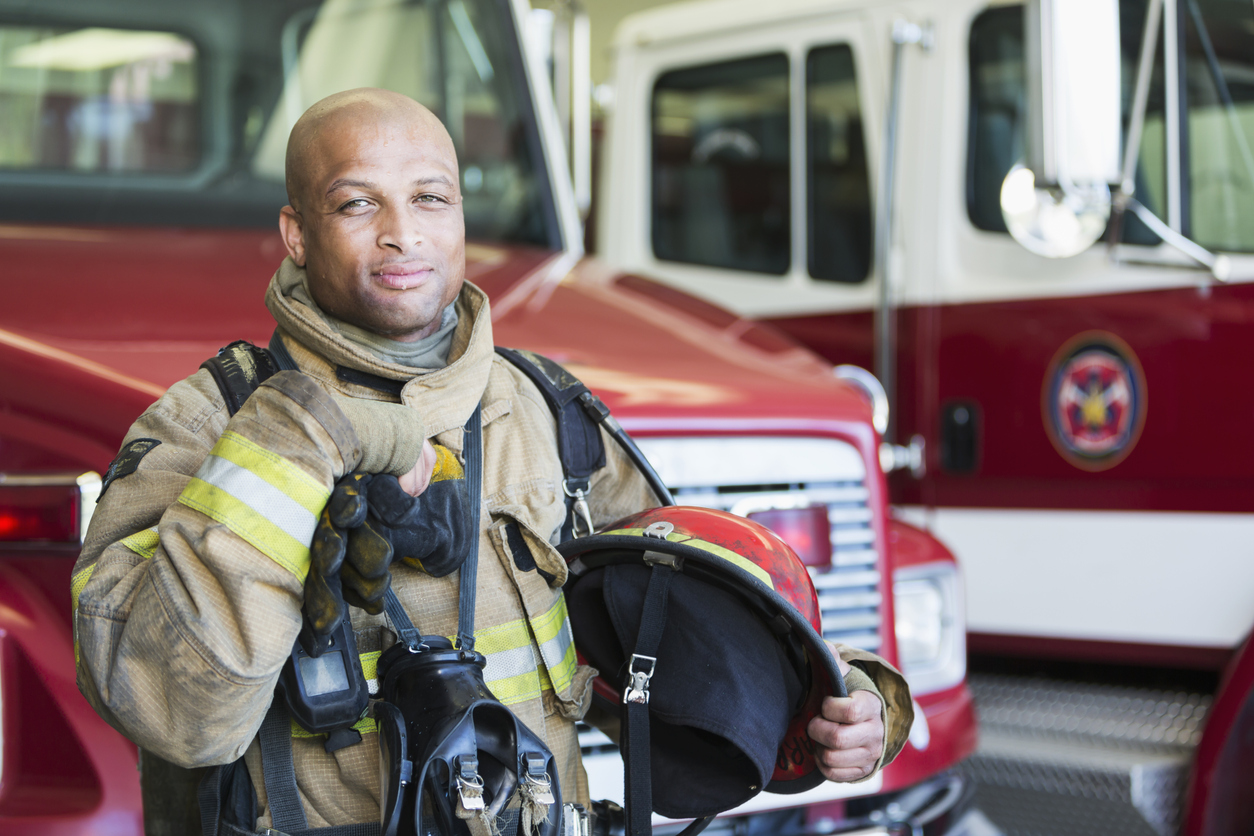
Your clients probably have wanted to become a volunteer firefighter for a long time, and it is your role to help them get there. A 2021 study released by the National Fire Protection Agency revealed that 67% of all firefighters in the United States are volunteers. Given these numbers, you may soon be insuring clients who plan to become volunteer firefighters. The pathway and requirements are similar to those of career firefighters, but there are key differences that you and your clients should be aware of.
Becoming a Volunteer Firefighter
Here is everything you need to know about becoming a volunteer firefighter, including how your clients can stay protected while selflessly serving the community.
Firefighter and Emergency Medical Service Training
To qualify for a volunteer firefighter position, your clients must meet the minimum requirements. These vary by fire department but most often include being at least eighteen years old and possessing a high school diploma. Volunteers typically must complete 110 hours of firefighter training before serving. In many cases, regulations also require volunteer firefighters to complete EMS training.
Training programs allow volunteers to work and study with professional firefighters both inside a classroom and out in the field, responding to real emergencies. Firefighter training is essential. Your clients will bring unique skills and background experiences to the position. Then, they still need to learn how to handle the tools, tasks, and dangers of everyday life for a working firefighter.
The Difference Between Career and Volunteer Firefighters
Many volunteer firefighters complete training and go on to serve their communities. They do this while working full-time jobs. They usually work fewer hours than career firefighters. However, they must perform the same tasks, including staffing the fire department, performing search-and-rescue operations, responding to emergencies, and more.
Volunteer firefighters are not employees. Also, they do not generally qualify for employment benefits. However, they are highly valued members of society and can enjoy the satisfaction of providing critical services to their communities.
Strategies for Long-Term Safety as a Volunteer Firefighter
Firefighting is a high-risk job that exposes volunteers to the same dangers as career firefighters. Here are essential steps you can encourage your clients to take to stay protected:
- Keep up to date on safety protocols and training
- Choose an insurance plan that matches your needs, including liability, property, and casualty coverage
- Avoid unnecessary risks while on the job
- Use proper safety gear and hazard-management strategies at all times
Volunteer firefighters are crucial to our nation’s ability to manage emergencies. Volunteers help save much-needed resources. Also, they allow fire departments to broaden their services in rural or isolated areas. If you have clients who are volunteer firefighters or interested in this life-saving work, you can help prepare them with the knowledge they need to ensure they can serve their communities safely for as long as possible. Provide them with knowledge about general liability insurance and anything else that can help them.
About Provident Fire Plus
At Provident Fire Plus, we offer custom-tailored packages to best protect firefighters and volunteer firefighters. We understand the risks that emergency response teams are subjected to on a daily basis, and have worked to serve these dedicated professionals for over 87 years. For more information about our products and policies, we invite you to contact our experts today at (855) 201-8880.

